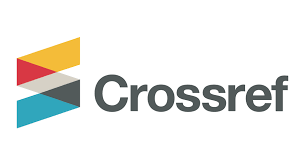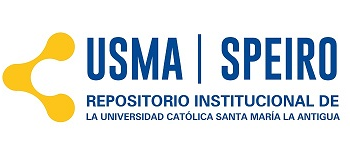Influencia de las Estrategias Discursivas en el Alcance de las Publicaciones del MINSA en Instagram sobre el COVID-19
DOI:
https://doi.org/10.37387/ipc.v11i3.365Palabras clave:
estrategias discursivas, publicaciones de Instagram, tipología textual, sintaxis, saludResumen
Este estudio analiza la relación entre las estrategias discursivas en publicaciones de Instagram y su alcance, medido por "me gusta". Se examinaron las publicaciones de Instagram sobre COVID-19 del Ministerio de Salud, utilizando un enfoque cuantitativo no experimental y transversal. Los hallazgos indican que la tipología textual (exhortativa, instructiva, argumentativa, informativa) y la sintaxis (oraciones imperativas y activas) influyen significativamente en el alcance de las publicaciones. Las publicaciones exhortativas y las oraciones imperativas y activas fueron las más comunes y tuvieron un alcance significativamente mayor. Además, se observó una disminución en el alcance en los meses de junio y julio. La palabra "mascarilla" fue frecuentemente utilizada, reflejando las recomendaciones de salud pública. Este estudio proporciona una comprensión valiosa de cómo las estrategias discursivas pueden impactar el alcance de las publicaciones en redes sociales, lo cual es útil para organizaciones de salud y otros actores que buscan maximizar el impacto de sus mensajes.
Descargas
Publicado
Cómo citar
Número
Sección
Licencia
Derechos de autor 2023 info:eu-repo/semantics/openAccess

Esta obra está bajo una licencia internacional Creative Commons Atribución-NoComercial-CompartirIgual 4.0.
1. Los autores conservan los derechos patrimoniales (copyright) de las obras publicadas y permiten la reutilización de las mismas.
2. La revista (y sus contenidos) emplean las licencias Creative Commons, específicamente la del tipo CC BY NC SA, en donde: “el beneficiario de la licencia tiene el derecho de copiar, distribuir, exhibir y representar la obra y hacer obras derivadas siempre y cuando reconozca y cite la obra de la forma especificada por el autor o el licenciante”.
3. Se pueden copiar, usar, difundir, transmitir y exponer públicamente, siempre que: i) se cite la autoría y la fuente original de su publicación (revista, editorial y URL, DOI de la obra); ii) no se usen para fines comerciales.
4. Condiciones de auto-archivo. Se anima a los autores a difundir electrónicamente las versiones post-print (versión evaluada y aceptada para su publicación), ya que favorece su circulación y difusión, aumento su citación y alcance entre la comunidad académica.











